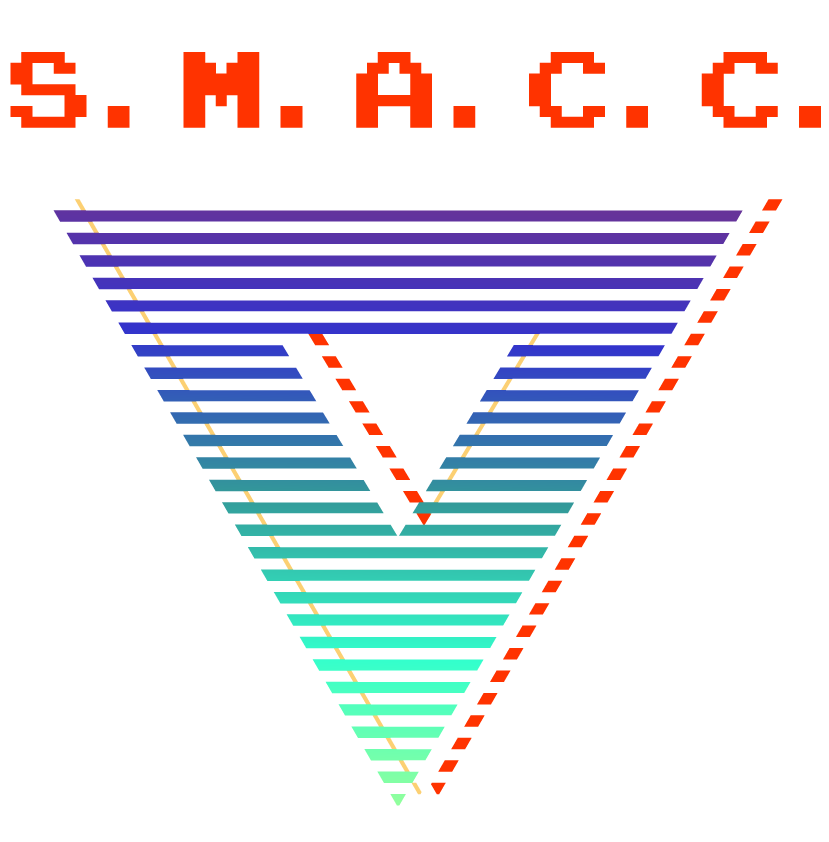Day 3
A ‘can’t intubate can’t oxygenate’ (CICO) emergency is every healthcare provider’s (HCP) anxiety nightmare. Whether you induced the patient (and ‘caused this’) or just happened upon the situation, whether CICO is obvious, or has been slow to develop, definitive management must now occur. After you attempt a supraglottic device and ensure paralysis, what do you do next? Cricothyrotomy. Which technique do you perform? A myriad of techniques are found in airway guidelines plus dozens more are found in the literature.
How can we know what cricothyrotomy technique has the highest first-pass success rate when most HCPs will perform only 1-2 in their career? Even though most HCPs rarely perform cricothyrotomy, worldwide it is performed hundreds if not thousands of times per year worldwide. What if we could capture these experiences?
Medicine advances by shared ideas, and wide distribution of ideas usually starts with publication. One common criterion for publication is novelty. If a HCP performs a cricothyrotomy according to published guidelines, it will not be considered novel, and will probably not be ‘publishable’. Yet, the HCP’s experience is incredibly valuable. We must have a means of capturing such data. The need for novelty may skew publications to include suggestions of techniques without evidence to support their use, leading to device confusion and paralysis of choice.
Smartphone technology allows for data capture of these events and aggregating such data we can begin to understand what works, what doesn’t and why. Through anonymous reporting we can ensure patient confidentiality is maintained. Although anonymous reporting has an inherent risk of false data collection, that risk is the trade-off when protecting patient confidentiality.
This is relatively new technology, but the use of such aggregated data collection for rare events may help inform management choices for HCPs and improve the safe care of our patients.
Laura Duggan
Laura is an Associate Professor and cardiothoracic anesthesiologist at the University of British Columbia, a Canadian Royal College examiner, and proud of her pediatric emergency medicine roots. She is currently the assistant head of the Canadian Airway Focus Group, a rather rowdy group of Canadians who publishes airway management guidelines intermittently. For her, the finest areas of medicine are those simultaneously “owned” by various specialties and professions; resuscitation, airway management, echocardiography and communication in crisis. Her area of inquiry is airway management; particularly observational studies looking at what we actually do in high-risk clinical situations. When not immersed clinical care, she can be found with at least one animal. Very proud of her ever-expanding network of collaborating colleagues in various acute care specialties and countries; cocktails are sometimes involved. Her family truly is her rock.
